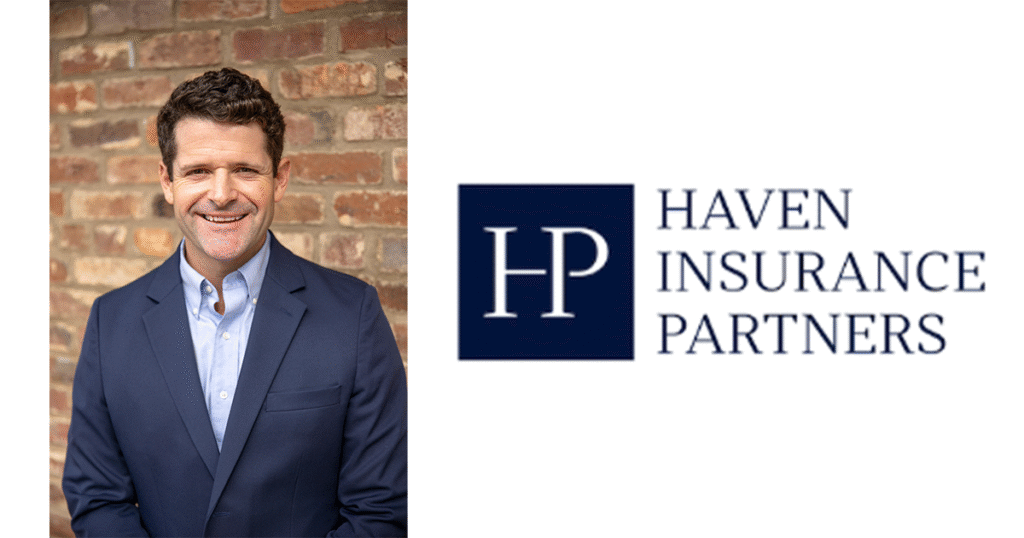Caleb Meriwether, Haven Insurance Partners, visits with Dan Reaves, host of ‘The Dan Reaves Show,’ today, and each Wednesday at 3:30 p.m., to discuss all things insurance.
- Uninsured — No Plan, No Protection
Being uninsured means there is no policy and no formal plan for losses. If a claim happens, you pay out of pocket.
Who it fits: almost no one in business.
Risks: no defense, no limit on exposure, no claims support.
Example: a property owner declines liability insurance. When a tenant is injured, legal costs and damages fall entirely on the owner.
This is the riskiest approach and, in many cases such as auto or workers’ compensation, not legally permitted.
- Self-Insured — You Fund and Manage Your Own Risk
A self-insured organization accepts the financial responsibility for certain losses instead of transferring that risk to an insurer.
How it works:
• Establish reserves or a trust account used only for paying claims.
• Provide proof of financial strength through a bank letter of credit, surety bond, or audited financials.
• Hire a third-party administrator (TPA) to adjust claims and manage compliance.
• Purchase stop-loss or excess insurance to protect against catastrophic claims.
• Submit filings or reports as required by state regulators.
This approach suits large employers or municipalities that can absorb predictable losses.
- Retained Risk or Deductible
A retention is the portion of each loss you pay before insurance coverage begins.
- Deductible: the insurer adjusts and pays the claim, then bills you for the deductible amount.
• Self-Insured Retention (SIR): you pay and manage the claim until the amount exceeds your retention.
• Aggregate Retention: a cap on how much you will pay over a policy year.
Example: a manufacturer’s liability policy includes a $100,000 self-insured retention. It handles small claims internally but relies on the insurer for larger losses.
- Large-Deductible Programs
A large-deductible plan is a hybrid of full insurance and self-insurance. You are technically insured, but you reimburse the insurer for large deductibles (for example, $250,000 per claim). The insurer pays claims upfront and then bills you. Collateral, such as a letter of credit or cash deposit, is required.
Common in workers’ compensation and general liability programs for mid- to large-sized firms.
- Captive Insurance Company
A captive is an insurance company owned by the business it insures. It collects premiums, pays claims, and retains underwriting profits if losses are low.
Forming a captive requires regulatory approval, capitalization, and ongoing actuarial support. Captives can insure one company or a group of related businesses.
- Bonds, Deposits, and Financial Responsibility Alternatives
In some cases, instead of buying a policy, a company can meet legal financial responsibility requirements by posting a bond or deposit.
In Tennessee, for example, a person or business may satisfy the state’s financial responsibility law by:
• Filing a surety bond of $65,000 with the Department of Revenue, or
• Depositing $65,000 in cash or securities with the Department.
These alternatives serve as proof that you can pay for losses up to that amount if you cause damage or injury.
Tennessee Example: Minimum Auto Liability and Self-Insurance Options
Under Tennessee’s Financial Responsibility Law (Tennessee Code Annotated §55-12-102 et seq. and §55-12-139), every driver must maintain at least the following liability limits:
- $25,000 for bodily injury to one person
• $50,000 for bodily injury to two or more people per accident
• $25,000 for property damage per accident
These are commonly written as 25/50/25 and represent the legal minimum, not adequate protection for most businesses.
Tennessee also allows alternatives to a standard auto policy. A company or individual may file a $65,000 surety bond or make a $65,000 cash or securities deposit with the Department of Revenue to meet the state’s financial responsibility requirement.
For more information, see the Tennessee Department of Revenue’s “Insurance Verification Overview” and Tennessee Code §55-12-102.
Why It Matters
For businesses that own vehicles or operate fleets, the 25/50/25 requirement is only a legal floor. A single serious accident can exceed those limits many times over.
When evaluating your risk management approach, consider whether to:
• Build a self-insured structure with reserves and stop-loss protection.
• Use a retention layer within your policy.
• Post a bond or deposit as an alternative.
The goal is not just to meet the legal minimums but to protect your balance sheet and reputation from uncovered exposure.

















